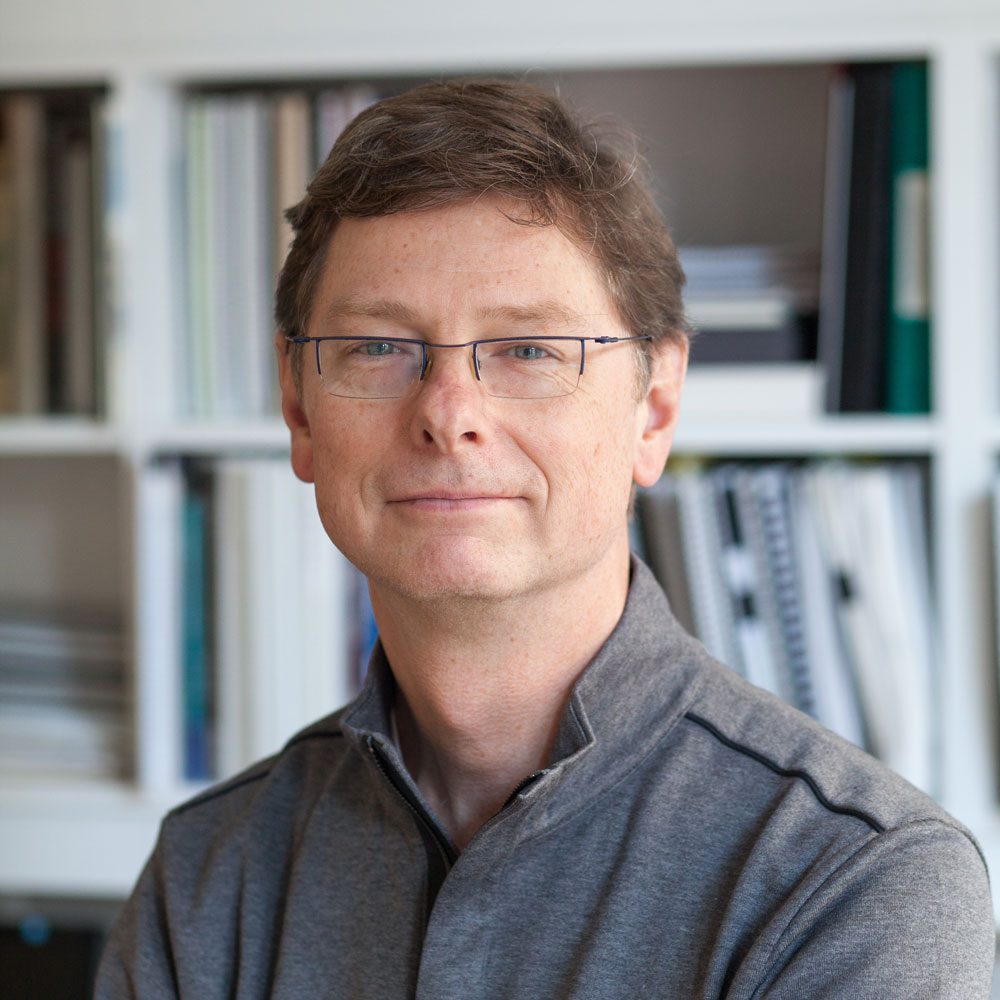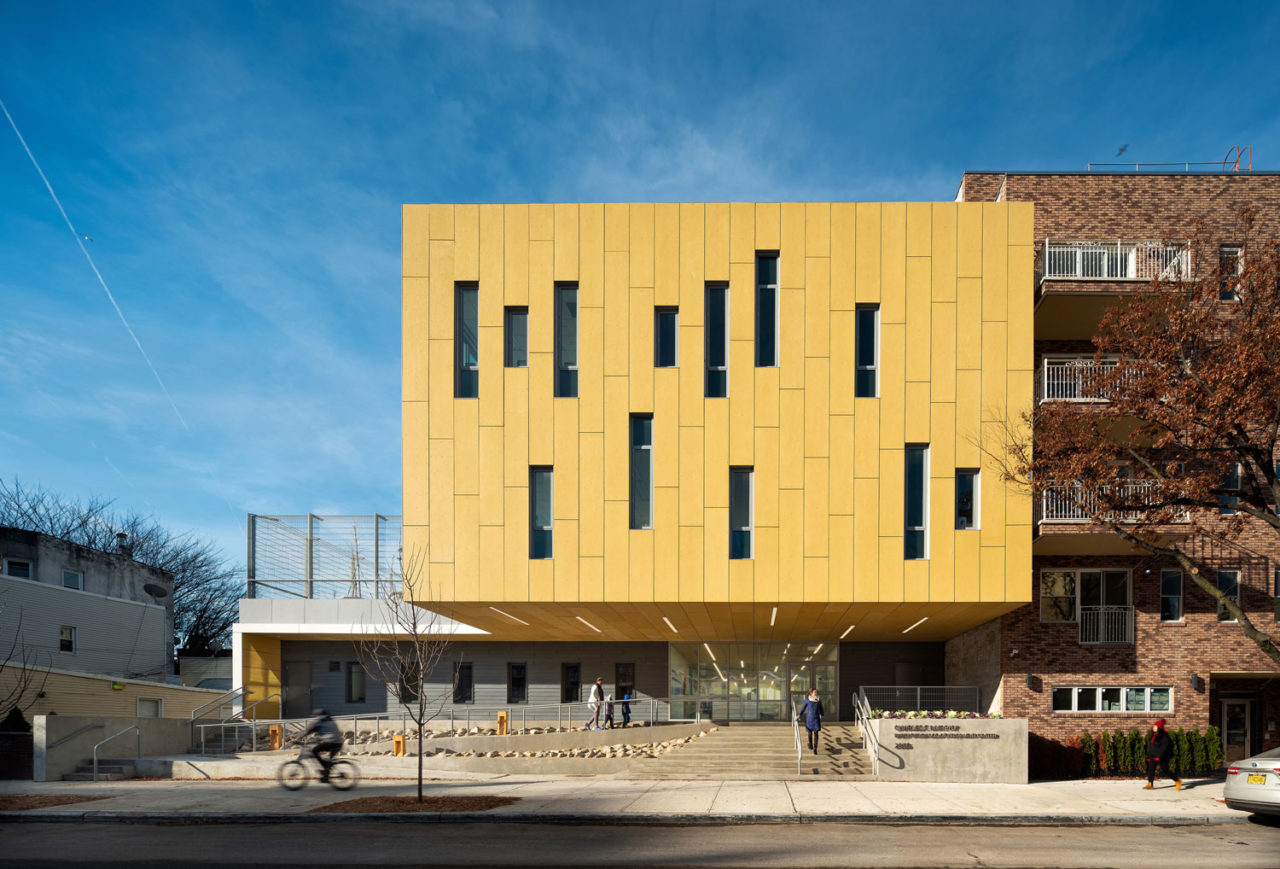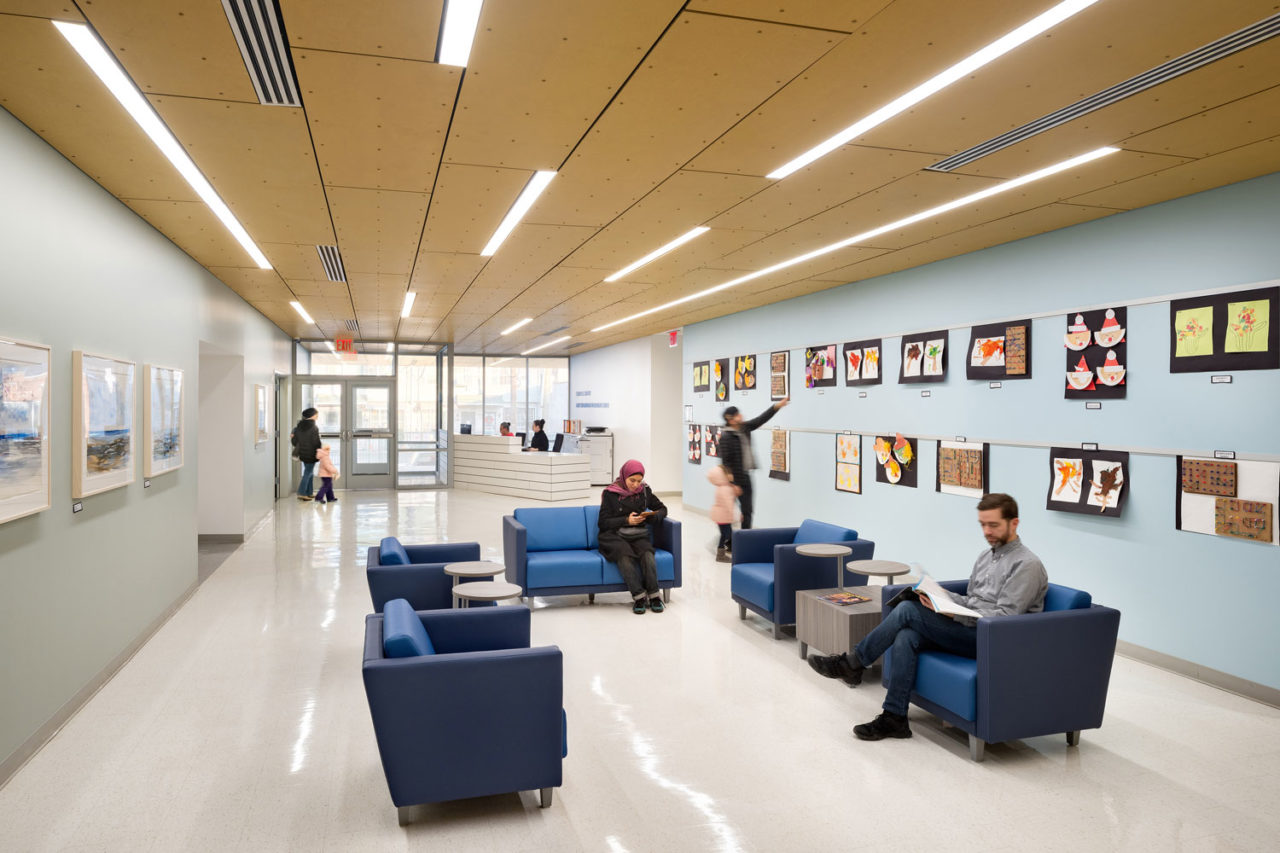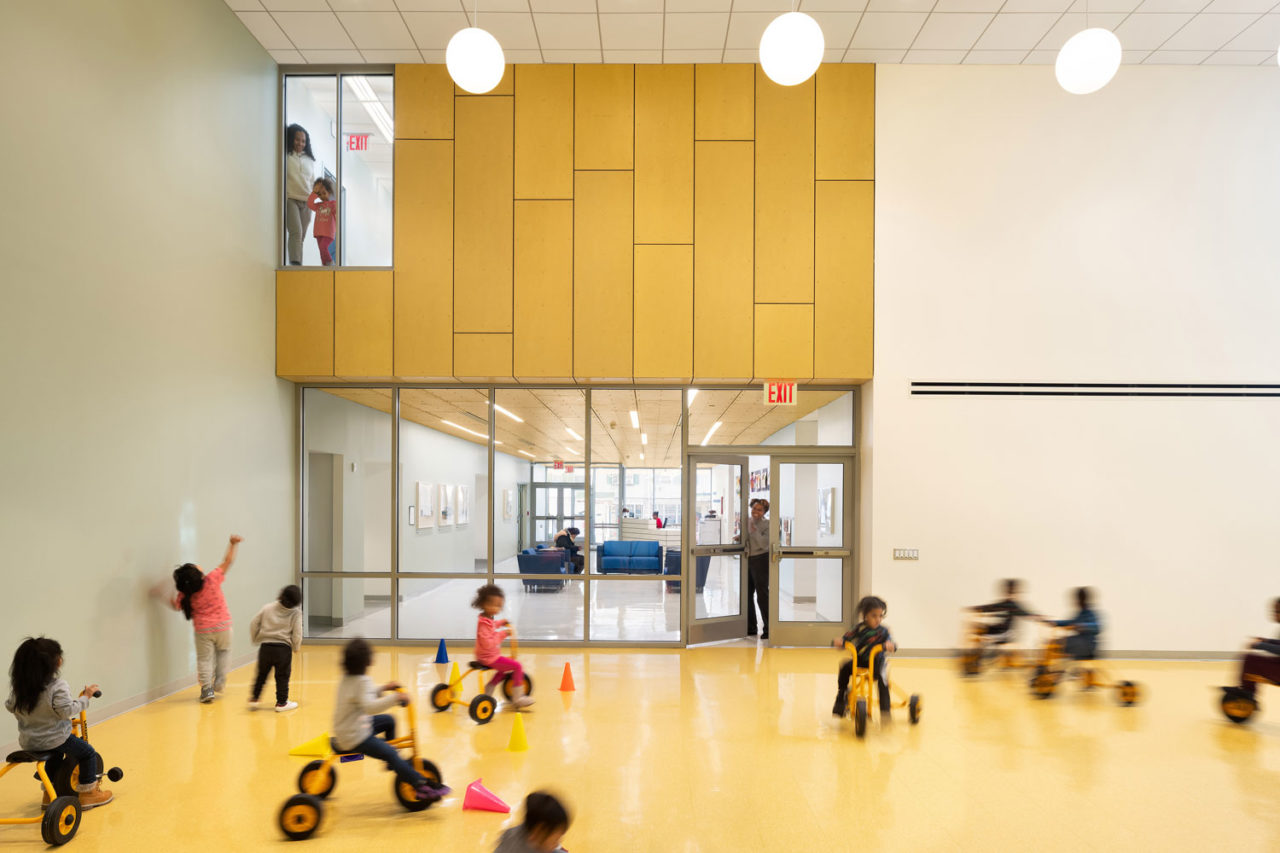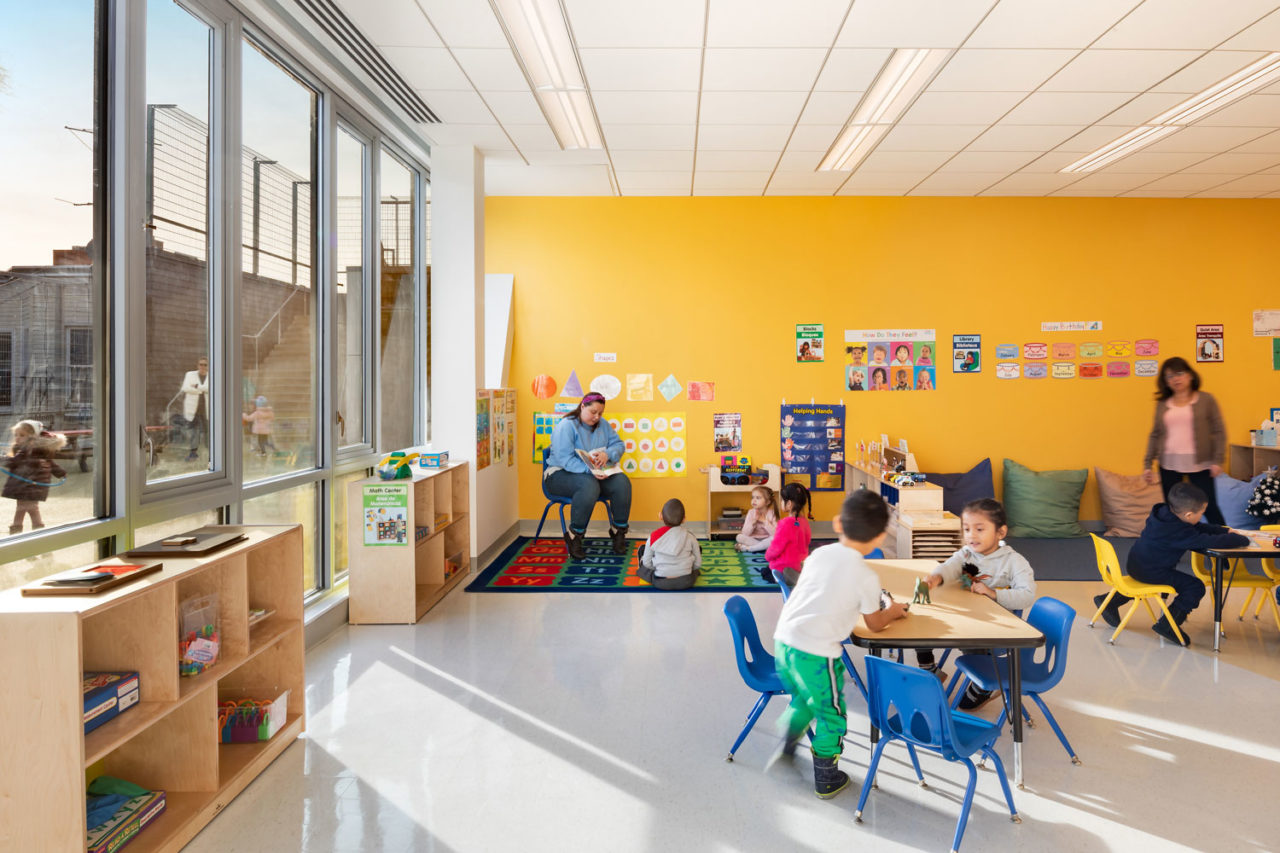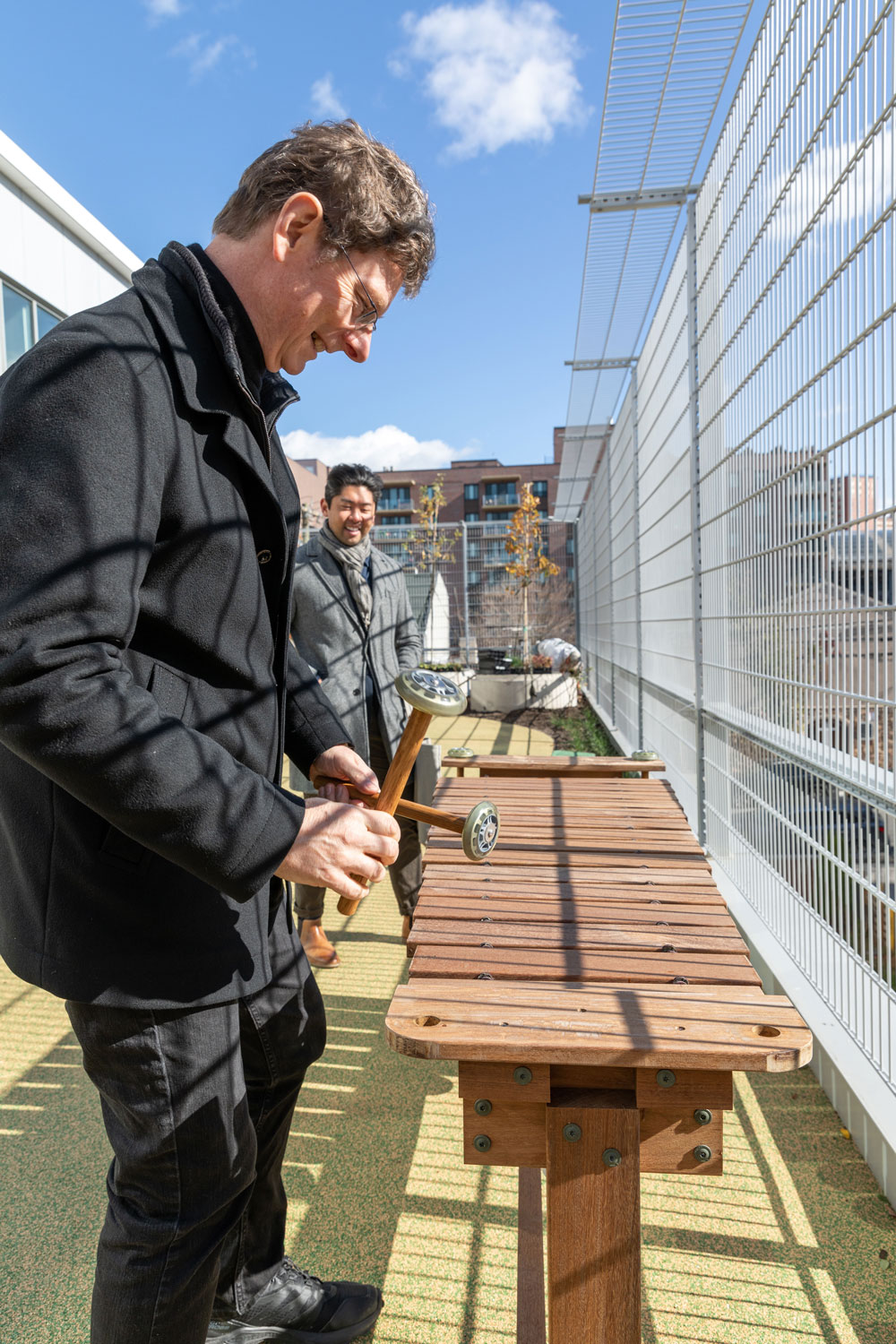by: AIA New York
Jeffrey Dugan, FAIA, is a Principal at Dattner Architects. Dugan’s innovative, precedent-setting transportation facilities advance and enrich the urban social infrastructure and the user experience. His projects and his advocacy have brought international attention to the profession’s leadership in transforming the public sphere. From large projects that involve major components of a city’s infrastructure, such as rail and air transportation, to educational spaces, community facilities, and supportive housing, Dugan is committed to creating positive experiences for urban citizens. As a musician, he has developed an acuteness for improvisation and collaboration, which he brings to his role as a designer, mentor, and an orchestrator of multifarious projects. Dugan co-chairs the AIANY Transportation and Infrastructure Committee.
This year, the Jury of Fellows of the AIA elevated Dugan to its prestigious College of Fellows in the second category of Fellowship, which recognizes architects who have made efforts “To advance the science and art of planning and building by advancing the standards of architectural education, training, and practice,” according to the organization’s definition. Only three percent of the AIA’s membership is distinguished with Fellowship.
Q: How/why did you decide to pursue architecture?
It was a moment in 6th grade when the school principal Mr. Menendez came into my classroom looked over my shoulder as I was drawing an elevation of my house and said, “So it looks like you are going to be an architect?” Satori! Also, about the same time a cousin, Rod Collman, who was working towards becoming an architect, was sending me his “redlines” of projects from an office in Clearwater, Florida. I was fascinated with architectural drawings. I always blame Rod for getting me into the profession, but the effect that my elementary school principal had on me was significant.
Q: What are some of your favorite recent projects that you’ve worked on?
Sorry, but I can pick no favorites. Currently I am engaged in a variety of projects in the realm of transportation and community infrastructure: subway stations, subway power substation, public schools and supportive housing for seniors. Picking one: In East New York we are designing accessibility and circulation improvements for the Broadway Junction Station Complex. This ad-hoc transit hub is comprised of two elevated stations and one underground station that all share a single entrance. The urban complexity is classic: located at the intersection of 6 Brooklyn neighborhoods, 2 juxtaposed street grids, underground utilities, aging transit infrastructure multiple stakeholders and MTA/NYC collaboration. Layer on an adjacent park renovation and local rezoning to provide more density—I love it!
Q: What do you see as an architect’s role—and responsibility—within our culture?
I view architecture as a social profession. We collaborate, synthesize, and express a vision of the needs and the future of a community realized in the built form. We are naturally optimists with a desire to lead. It is our basic responsibility to design for the health, safety, and welfare of the public in the buildings we design. We must understand the breath and dimensions of our community, its relationship to other communities and ultimately to the world. We can do more than just buildings. We can inspire others with our optimism—that is our responsibility.
Q: What do you think are the biggest challenges, or opportunities, facing cities today?
The urban condition has obviously been challenged by the pandemic, highlighting underlying racial and social problems, economic distress and political divide. These issues and the virus have placed each of us in bubbles—a sub-urban condition. However, we are presented with a unique opportunity to make certain urban cultural changes that define how we live, work and interact. Unique in the sense that health is winning out over the economics to make changes in hygiene, maintenance of public space and a recalibration of real estate relative to workplace. Cities have survived war, economic crises, and pandemics before.
Q: What are your greatest sources of inspiration?
People, places, and music. Interactions with people are monumental: Pat Courtney, my wife and multidimensional collaborator for over 33 years; family; friends; mentors; colleagues and even competitors; everyday people—walking down the street or on a subway ride. Places of discovery: built places, places of nature, places of sound, places with memory, and places of dreams. Music is transformational: lessons of listening and playing, aural sketching, composition, and communicating with others. These three things inspire and influence how I practice.
Editors’ Note: This feature is part of a series celebrating the members of the American Institute of Architects (AIA) New York Chapter who are elevated each year to the AIA College of Fellows, an honor awarded to members who have made significant contributions to both the profession and society. Learn more about Fellowship here.








